Free Sustainable Design Image Generator
Just imagine, and we'll instantly return a variety of personalized Sustainable Design images—designed to bring your creativity to life!
- 4:3
- 3:4
- 1:1

image.state.default
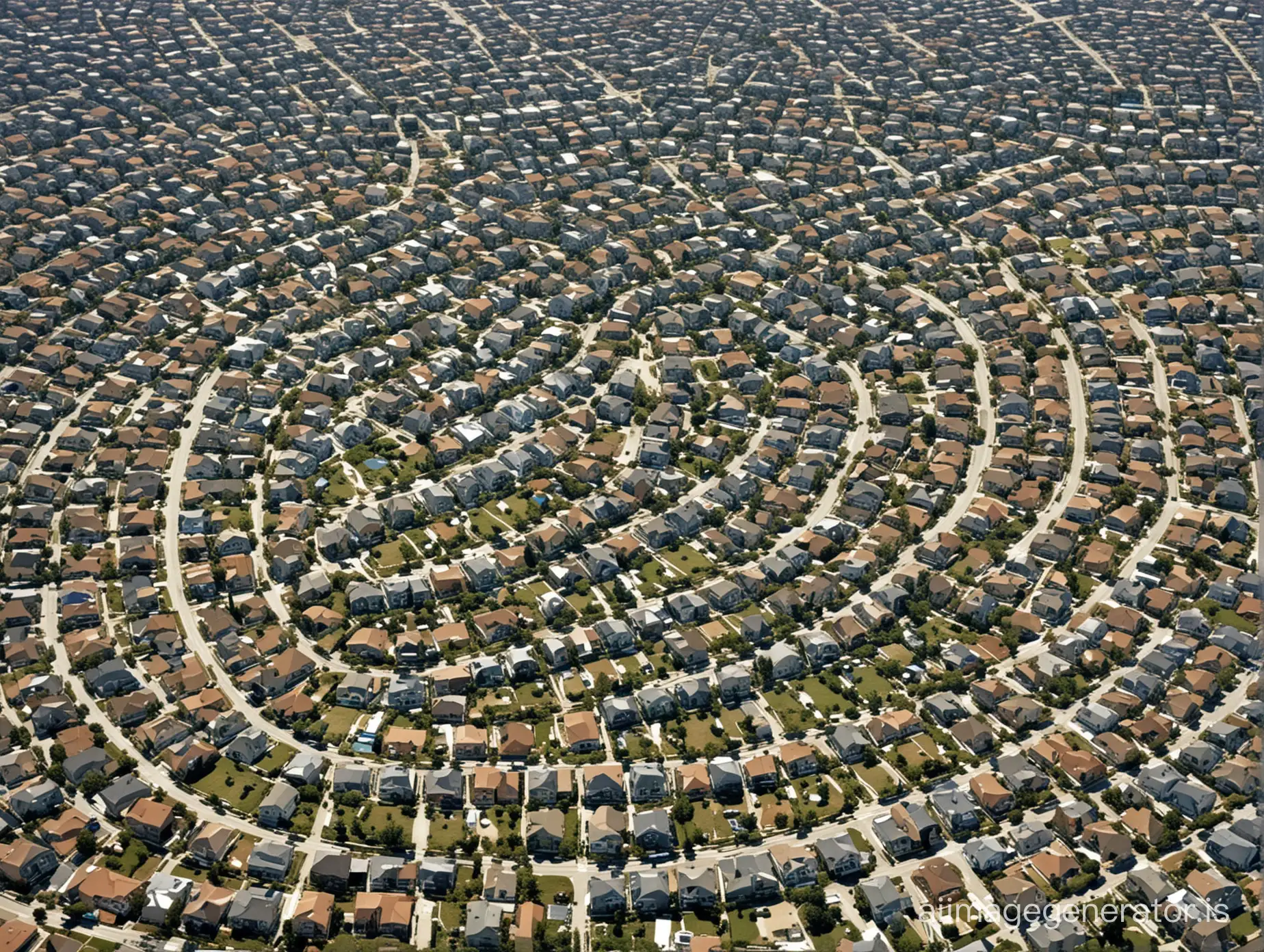
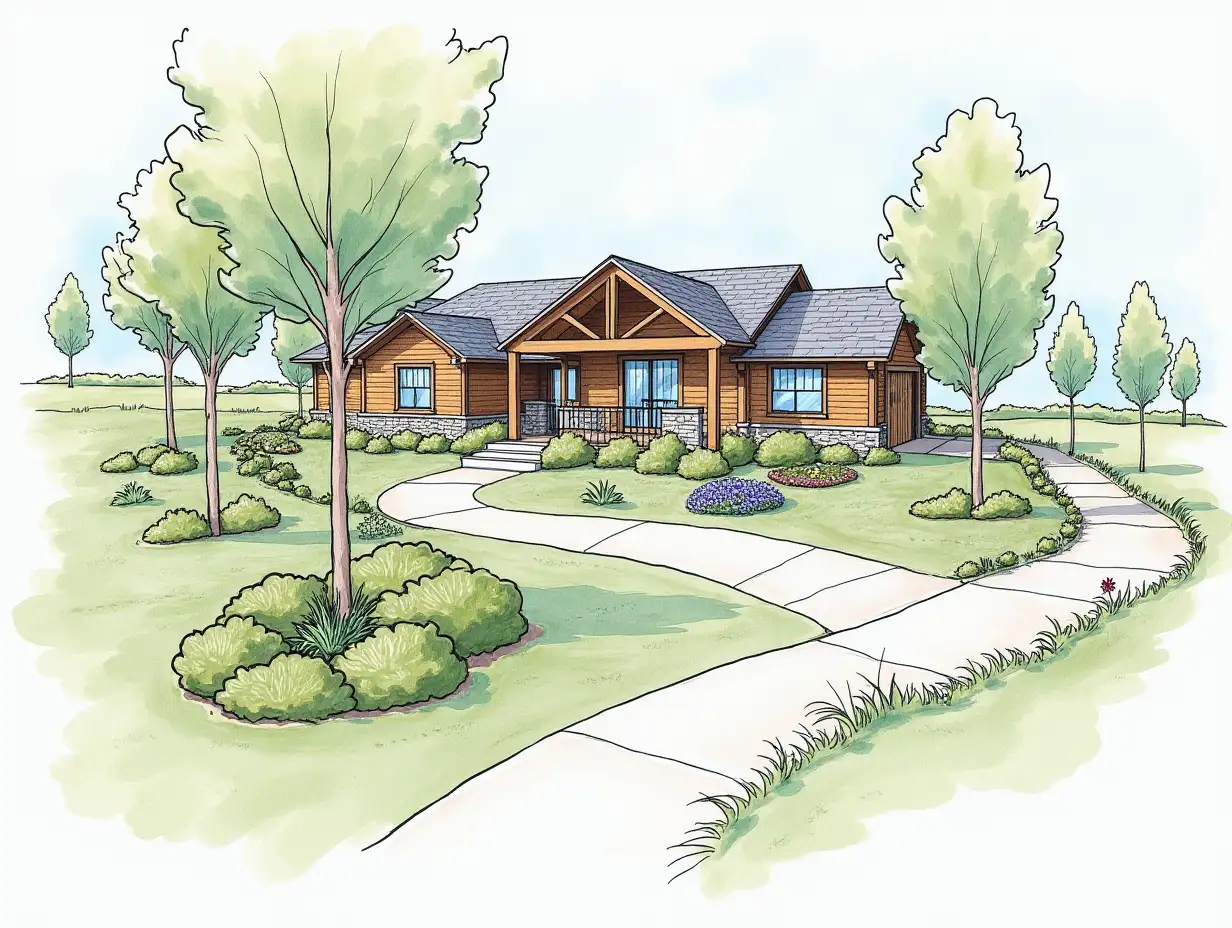
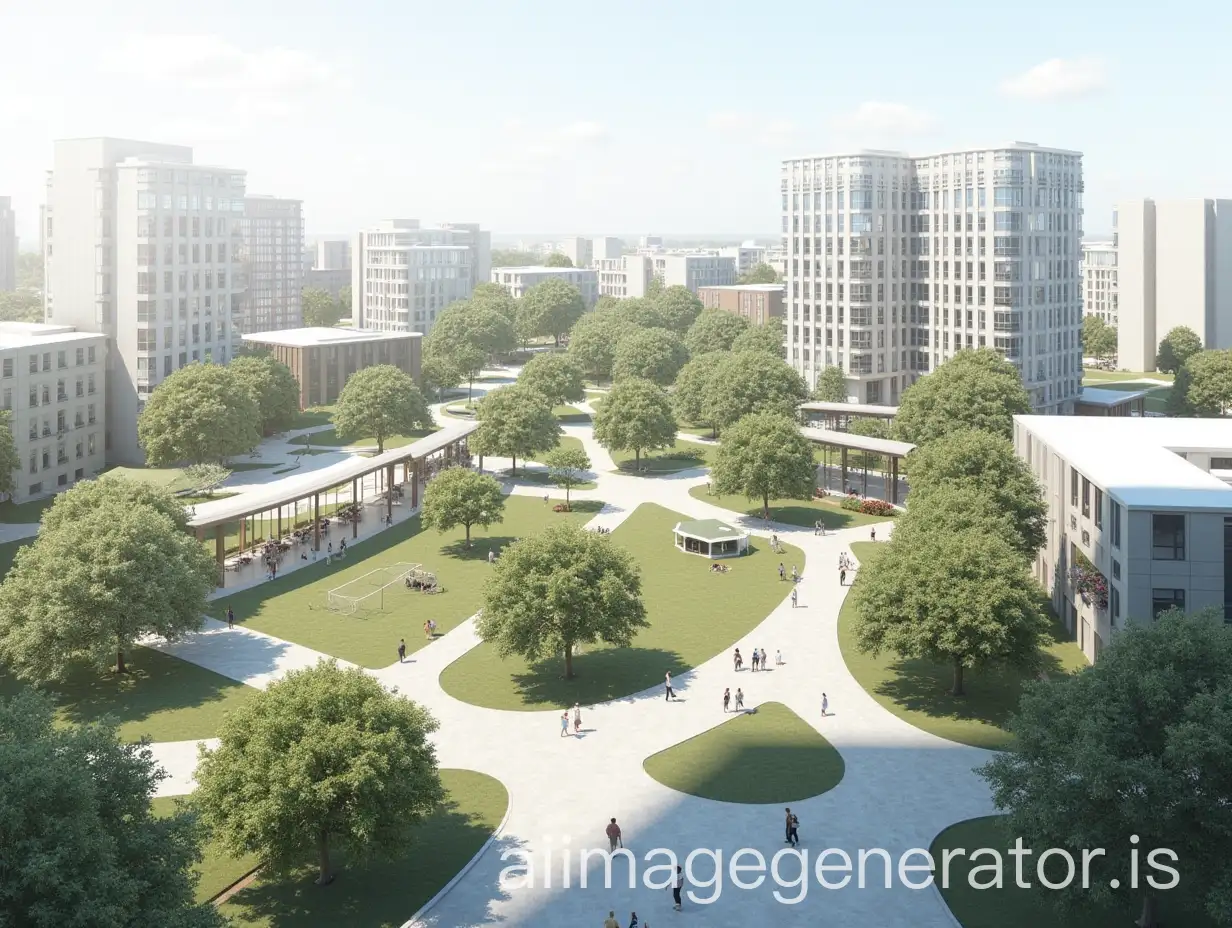
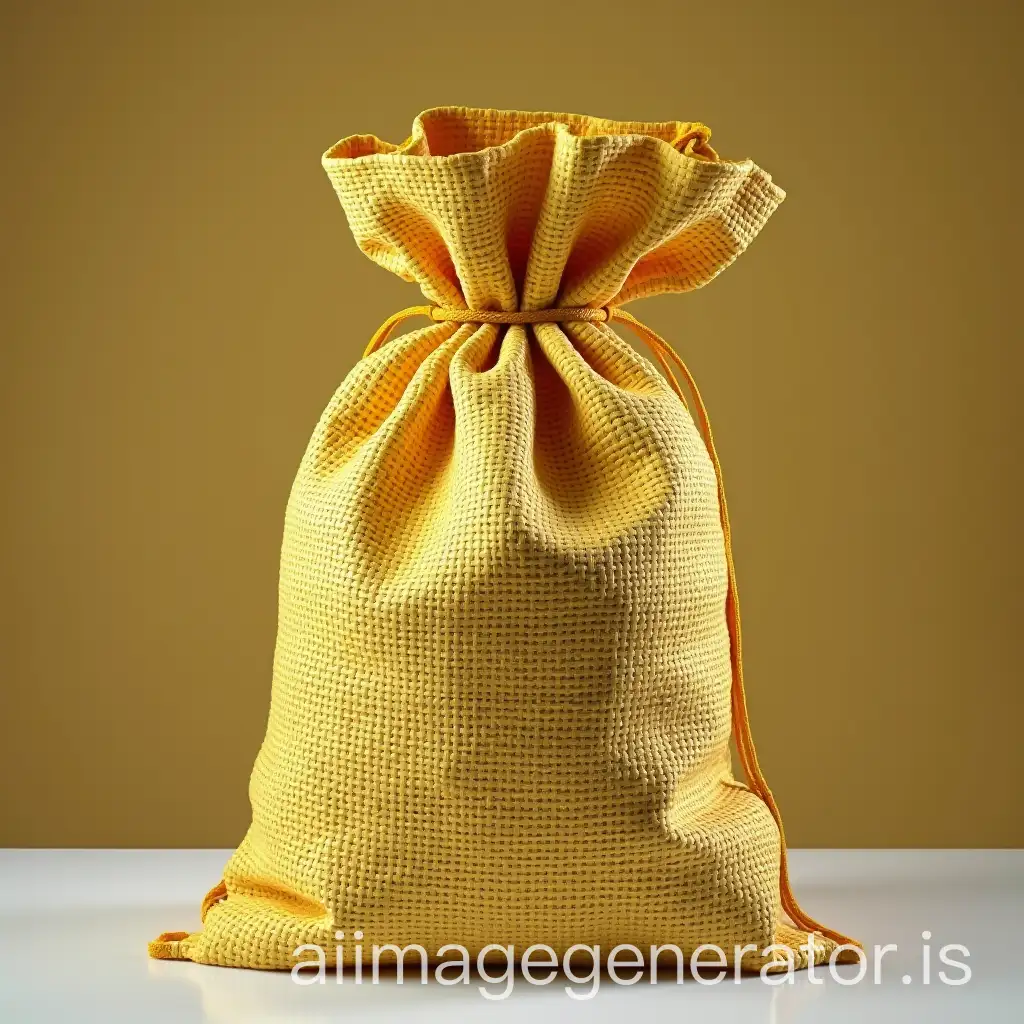
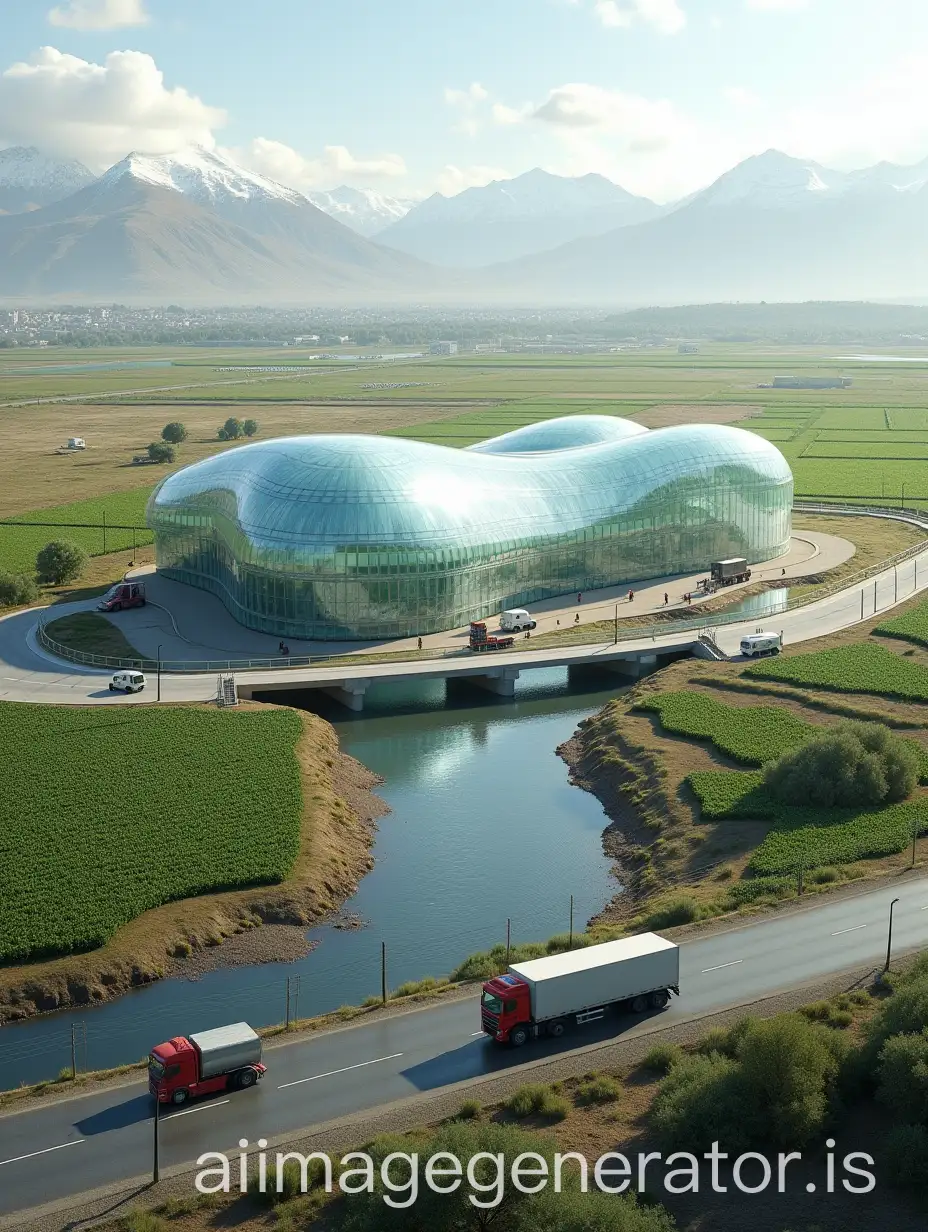
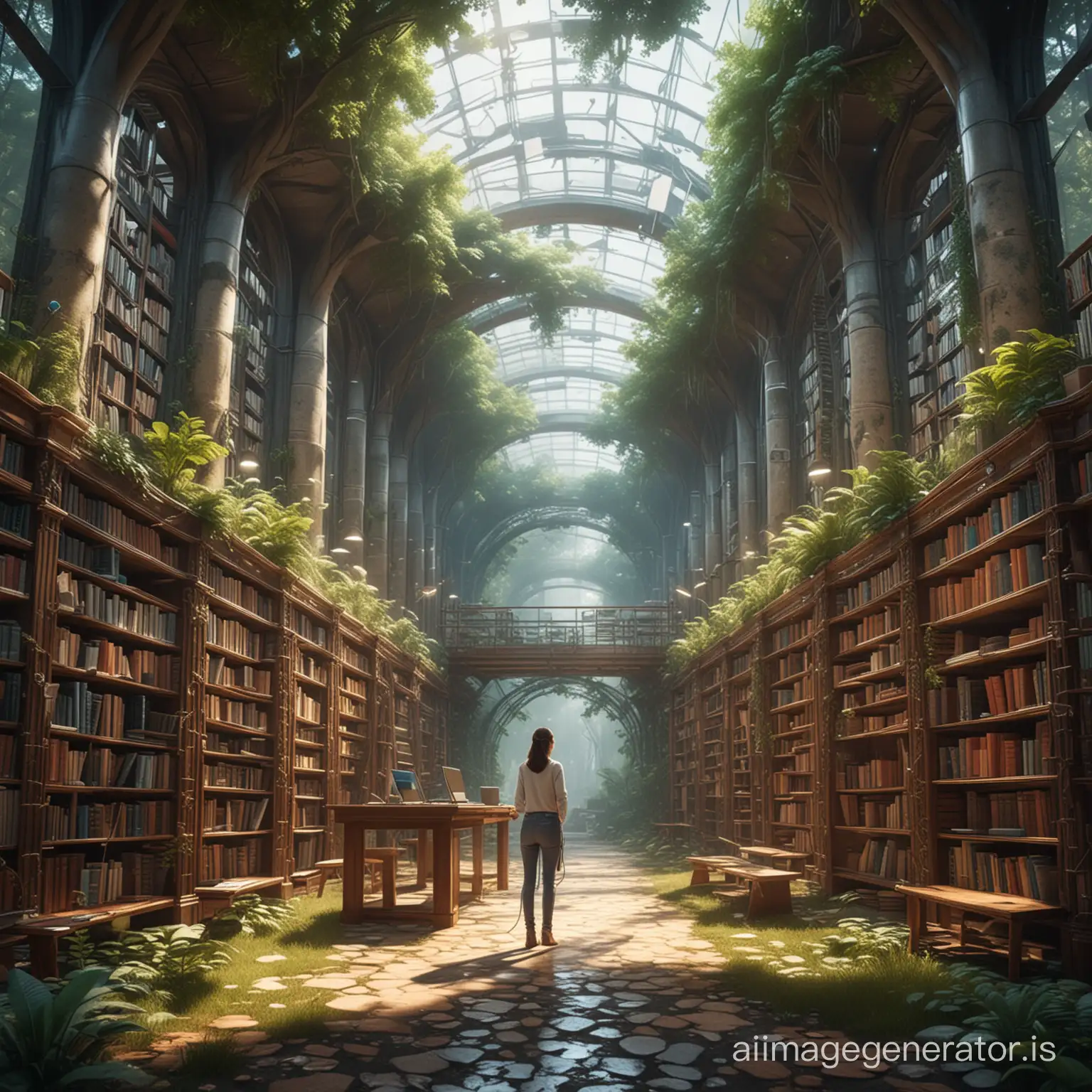
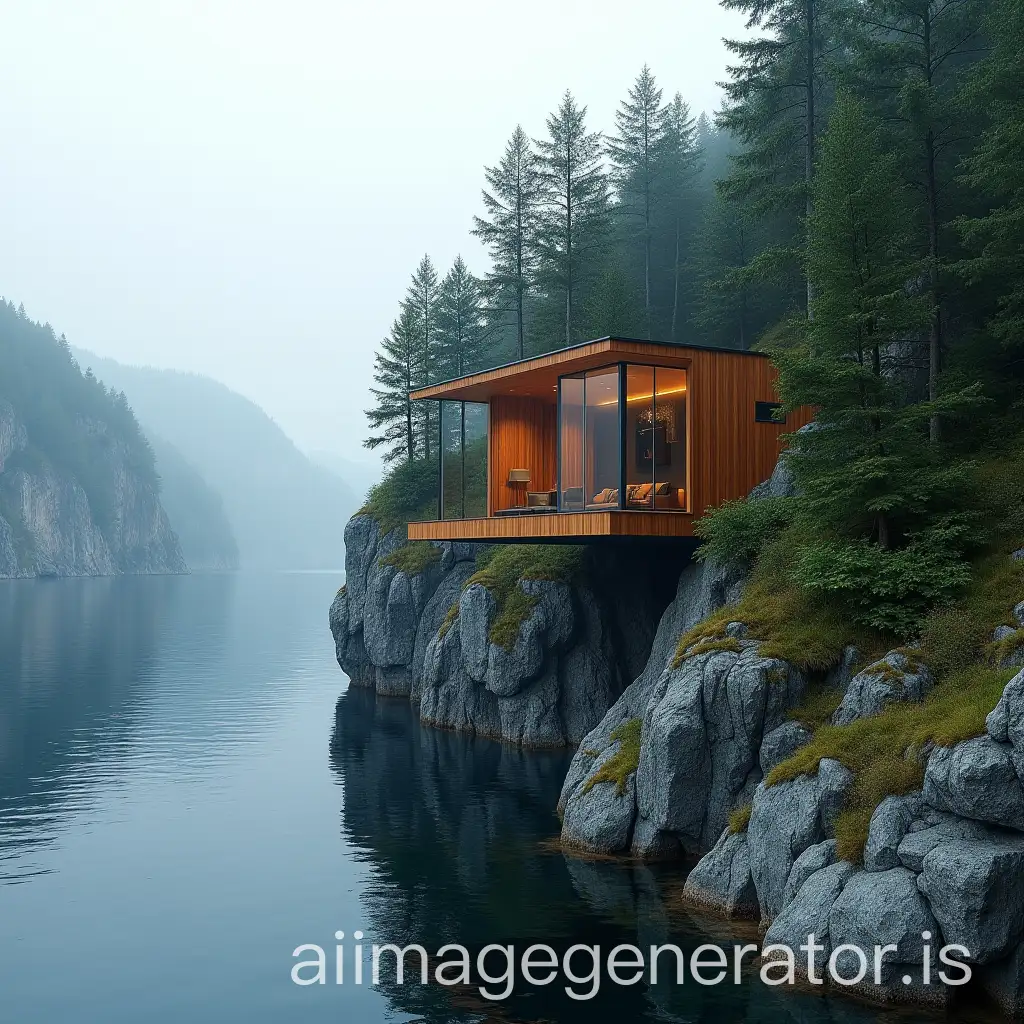
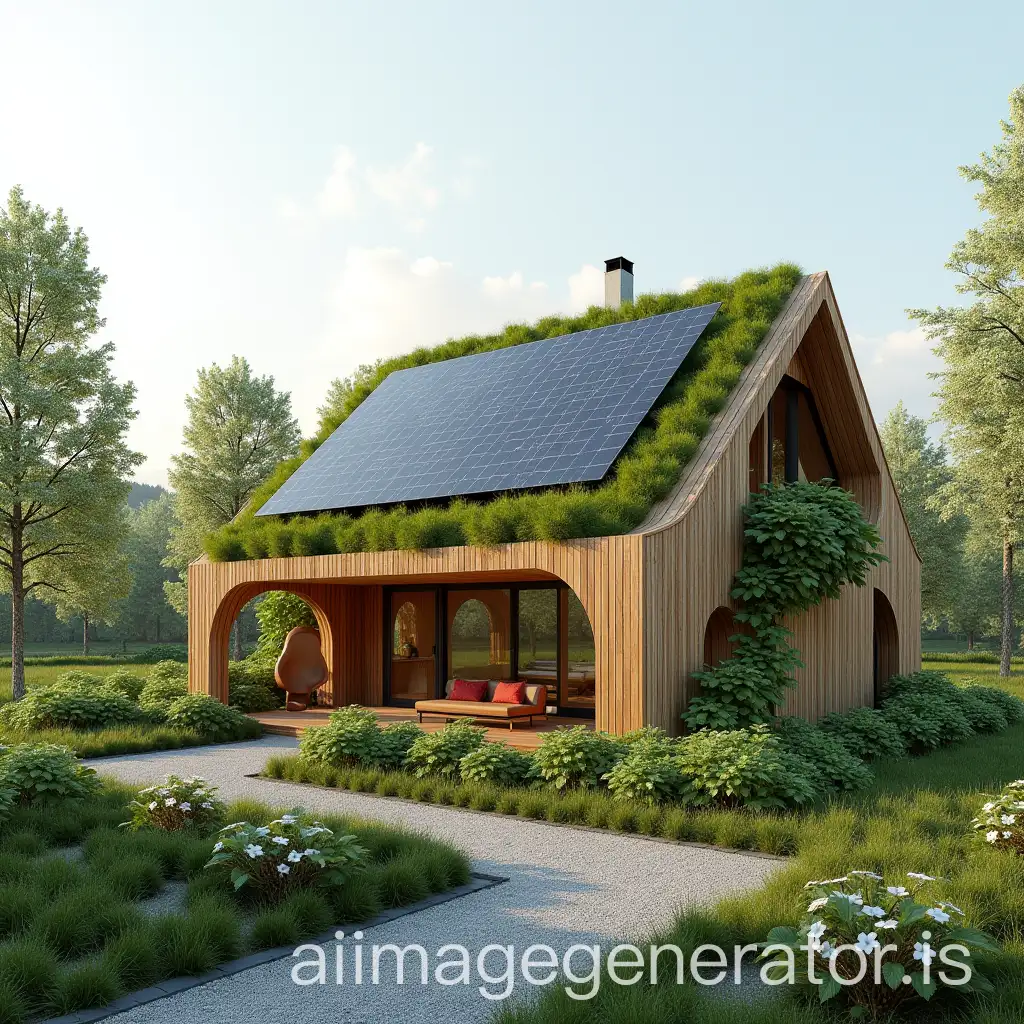
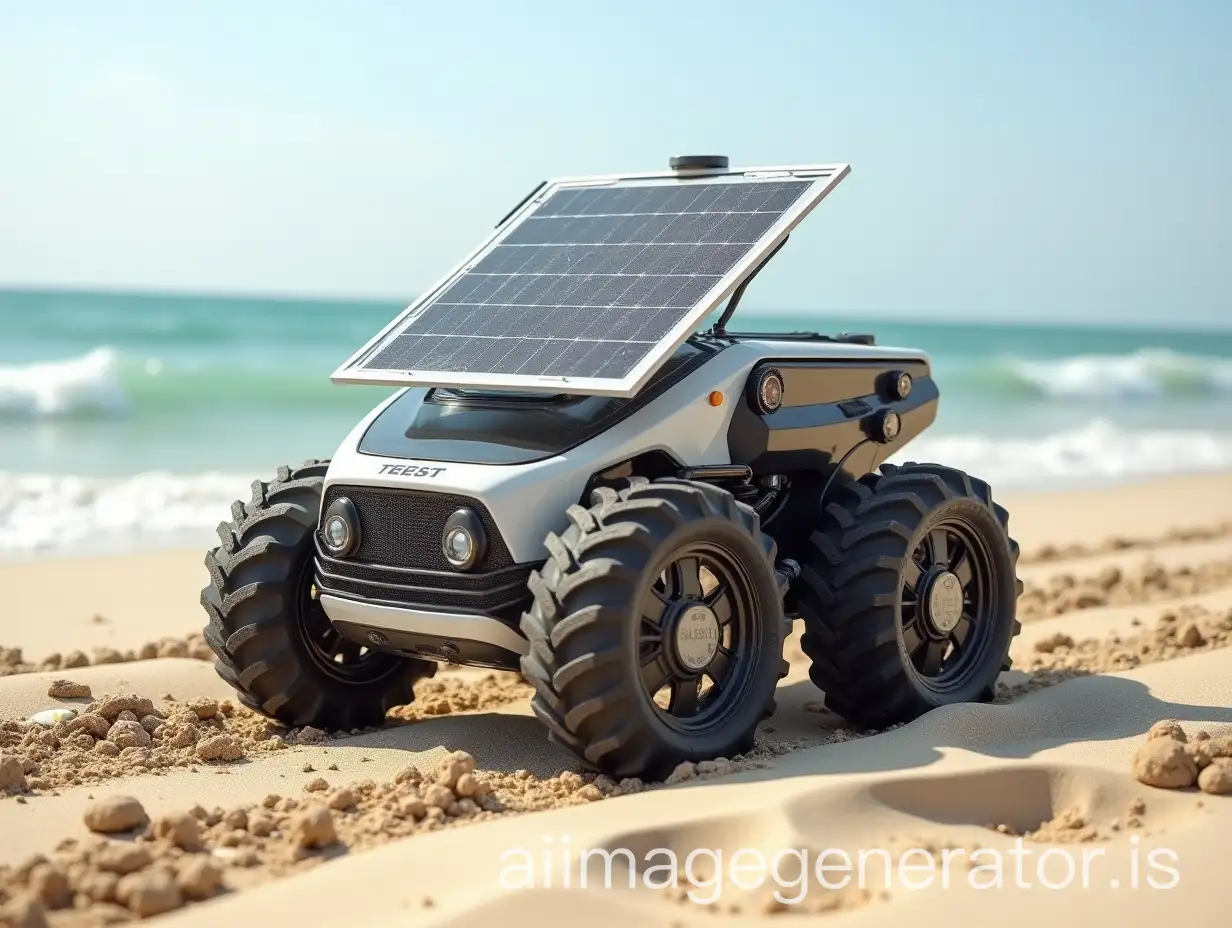
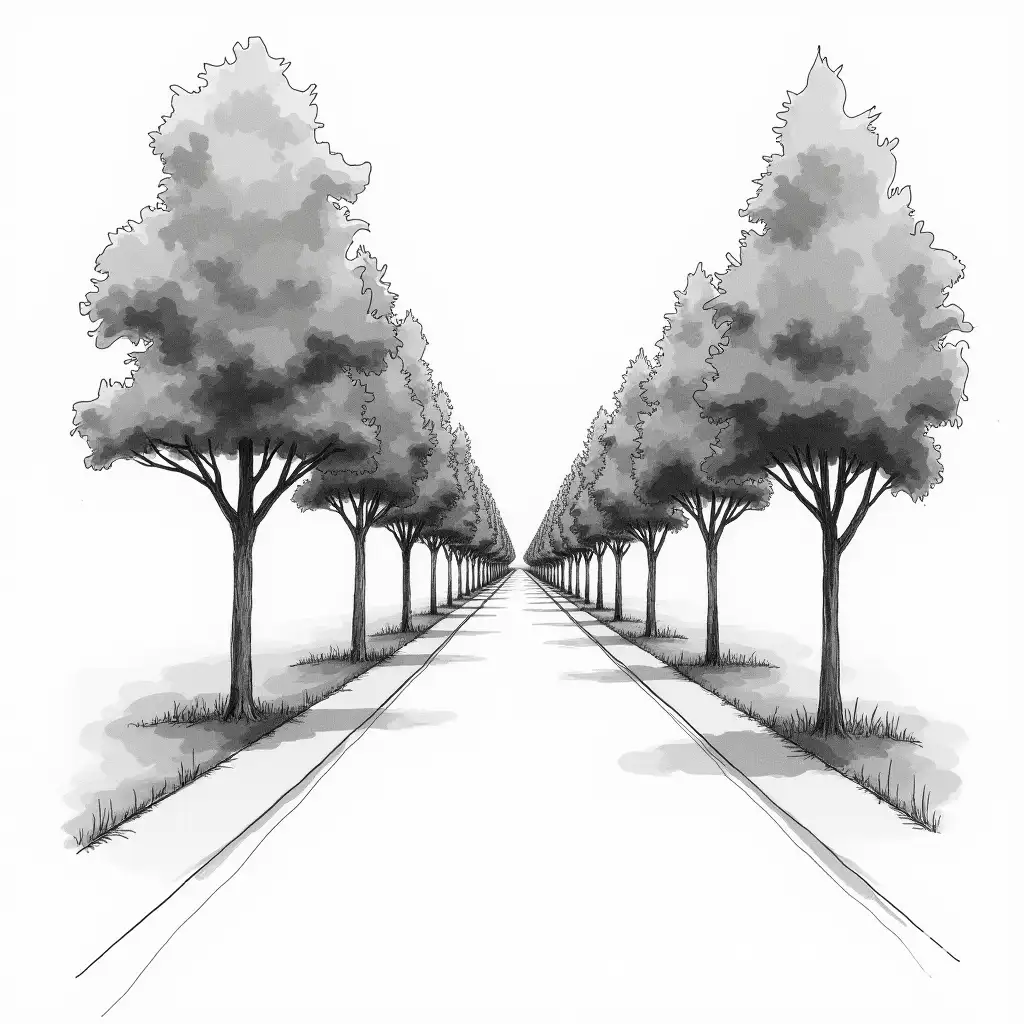
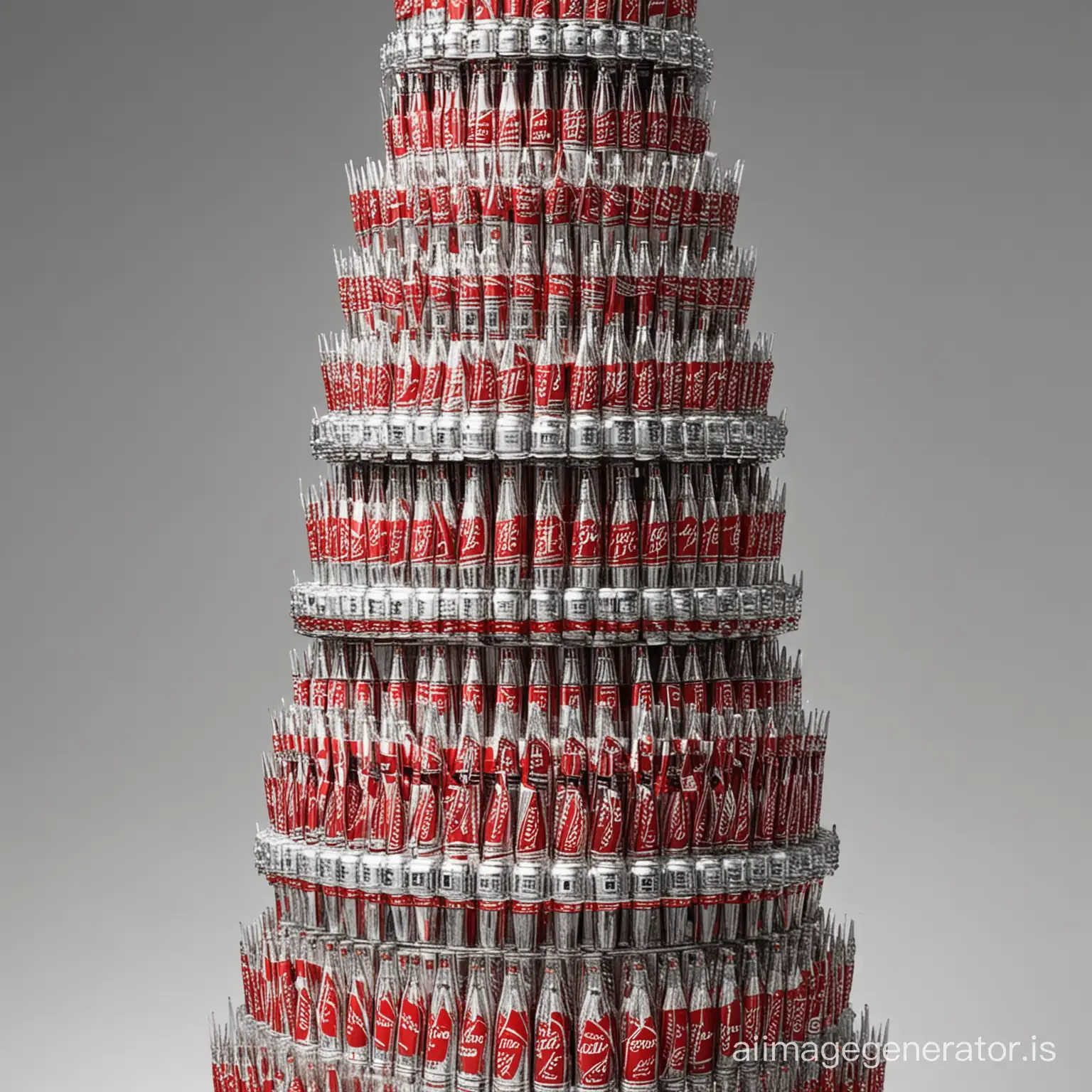
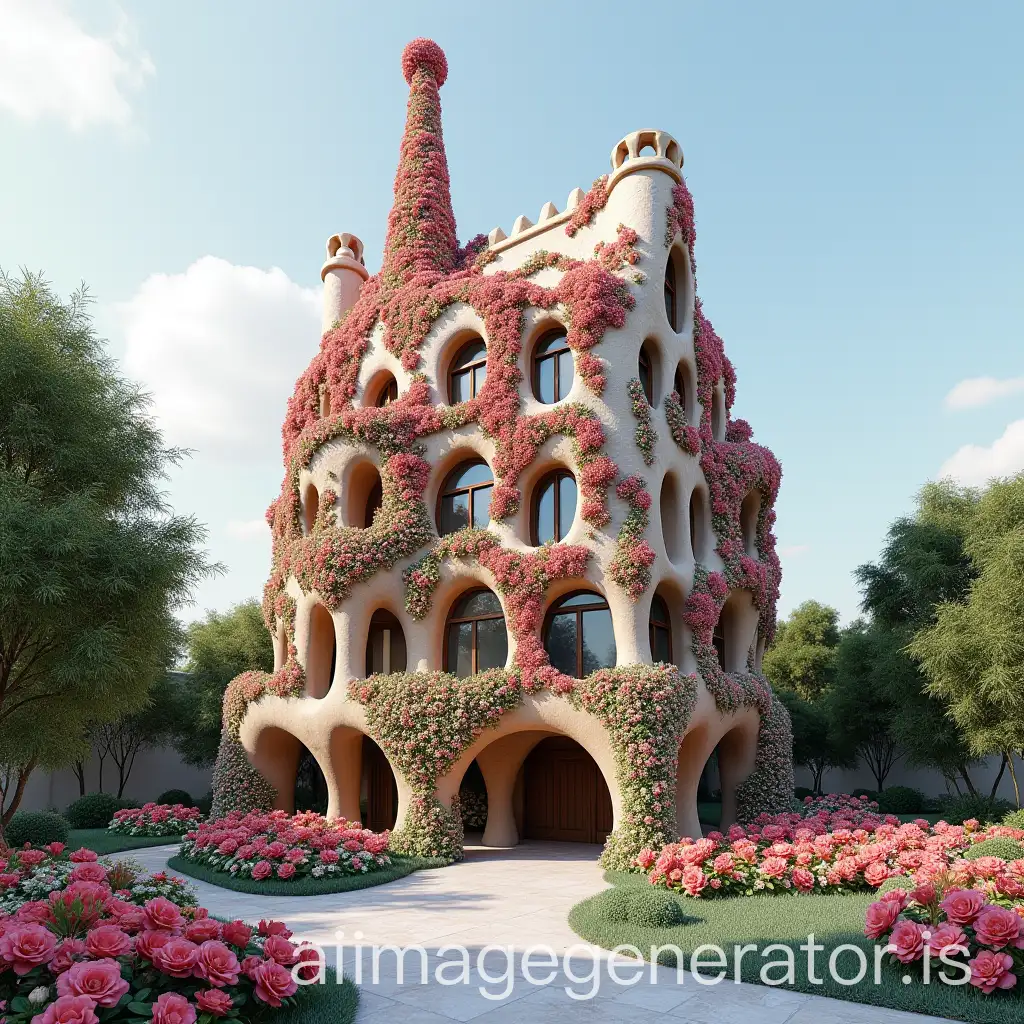
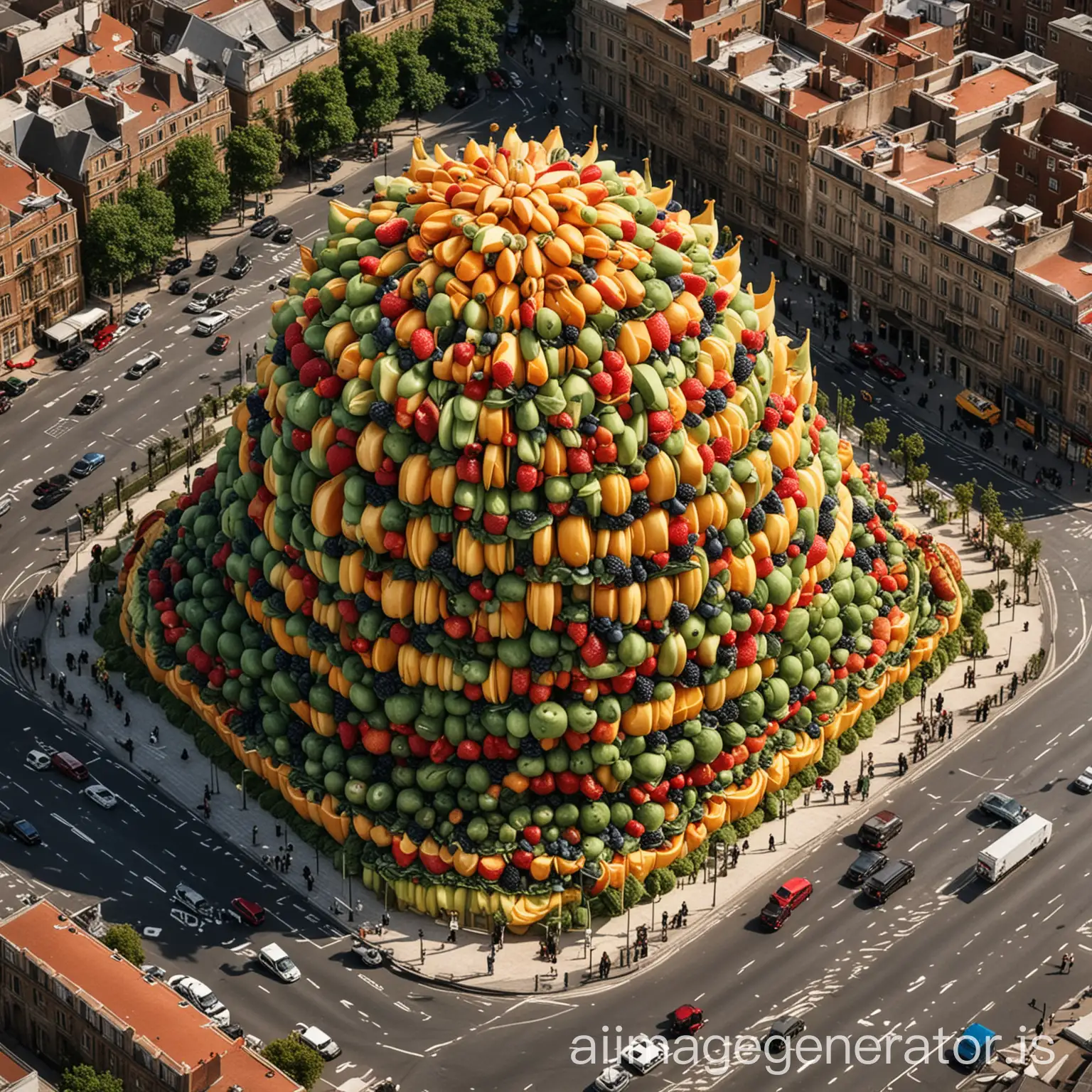


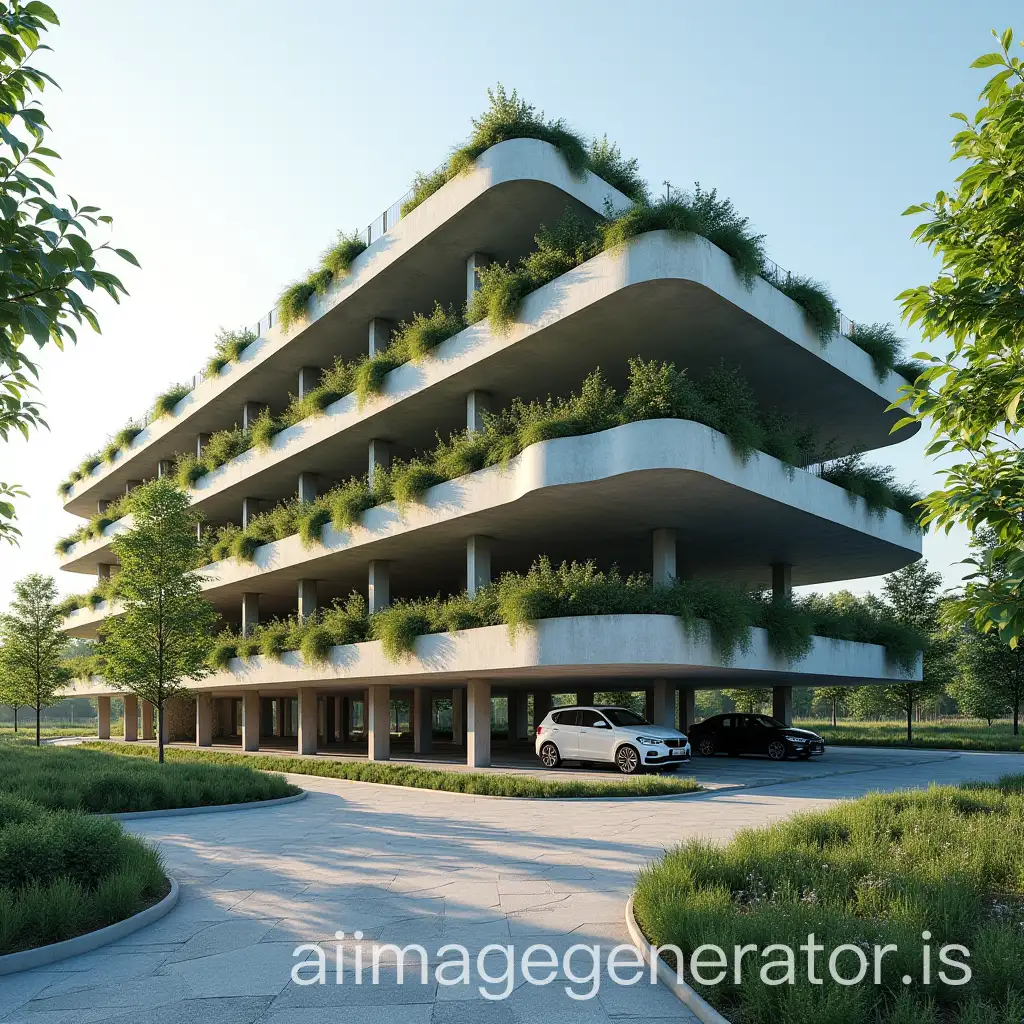


Related Tags
Sustainable design, also known as eco-design, is an approach to designing products and environments with consideration for the environmental impact throughout their lifecycle. This concept emerged in response to growing environmental concerns and aims to minimize resource use and waste, promote energy efficiency, and create healthier living spaces. Sustainable design integrates principles from architecture, engineering, and urban planning to create solutions that are not only functional and aesthetically pleasing but also environmentally responsible.
Understanding Sustainable Design: Definition and Background
Sustainable design is characterized by the use of renewable resources, energy-efficient systems, and materials with a low environmental impact. It often involves the implementation of green building standards, such as LEED (Leadership in Energy and Environmental Design), and the adoption of practices like water conservation, waste reduction, and indoor air quality improvement. Applications of sustainable design range from residential and commercial buildings to urban planning and product design, ensuring that structures and products are durable, efficient, and in harmony with the environment.
Key Characteristics and Applications of Sustainable Design
Several notable works exemplify sustainable design principles, such as the Bullitt Center in Seattle, known as one of the greenest commercial buildings in the world, and the Eden Project in the UK, which features biomes housing diverse plant species. Influential designers like William McDonough, co-author of 'Cradle to Cradle,' and Shigeru Ban, known for his innovative use of sustainable materials in architecture, have significantly contributed to the field. Their work demonstrates the potential for design to be both aesthetically pleasing and environmentally responsible.
Notable Works and Influential Designers in Sustainable Design
The future of sustainable design is marked by ongoing innovation and the integration of advanced technologies. Trends include the use of smart materials that adapt to environmental conditions, the incorporation of renewable energy sources in buildings, and the development of circular economy principles that prioritize reuse and recycling. Innovations like vertical gardens, green roofs, and energy-efficient building systems are becoming more mainstream, reflecting a growing commitment to sustainability in design. As awareness of environmental issues increases, sustainable design will continue to evolve, shaping the built environment in more eco-friendly ways.
The Future of Sustainable Design: Trends and Innovations